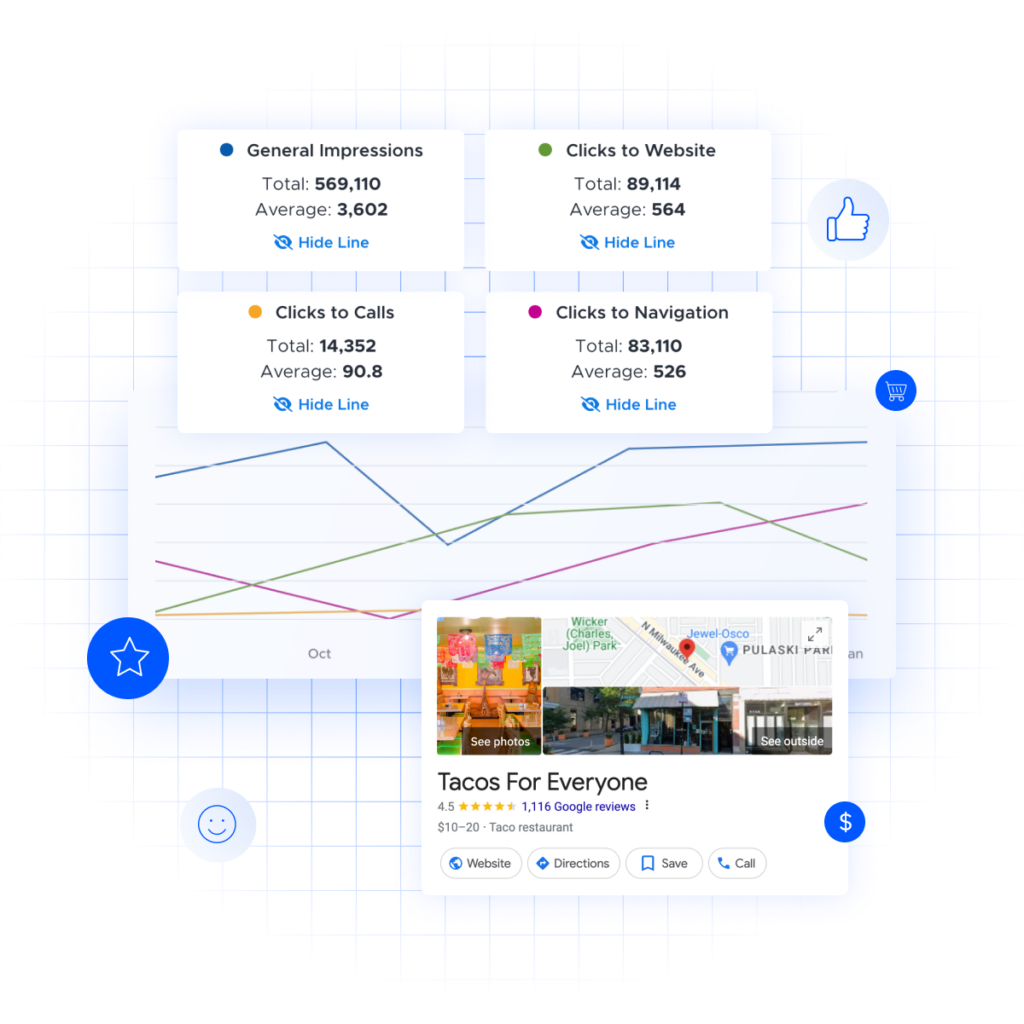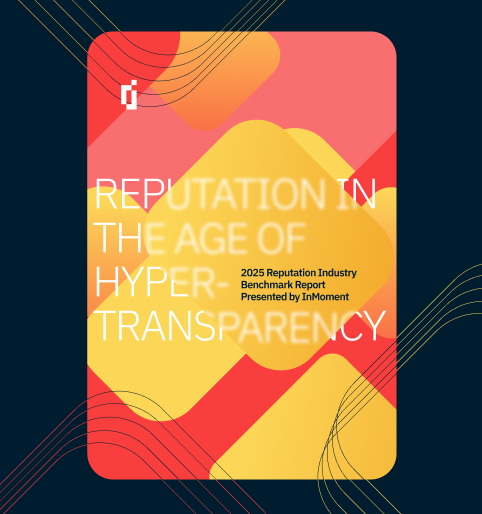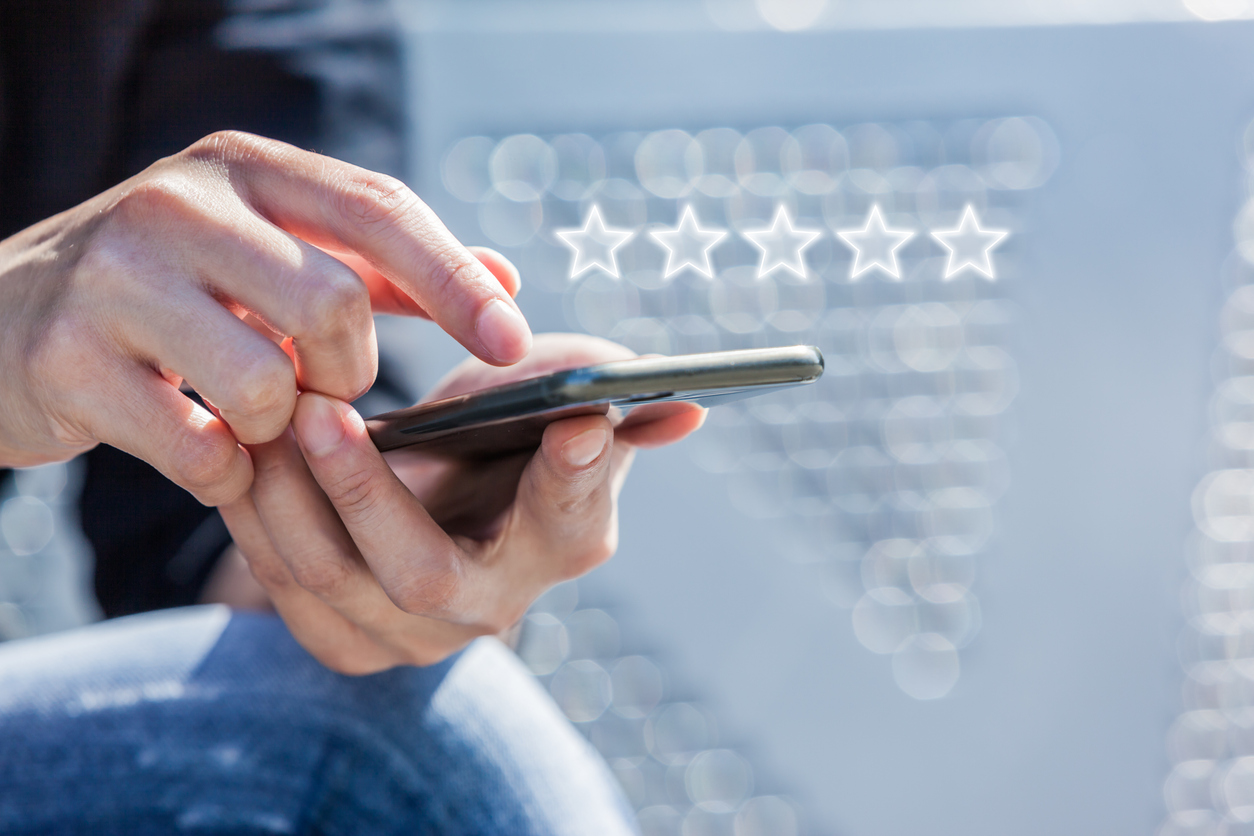Multi-Location Review Management: A Guide for Growing Businesses

Too often, growing retail businesses end up with a growing image problem.
By the time a company has dozens or even hundreds of locations, many processes have become standardized and efficient. But not everything that worked well with just a handful of stores scales as effectively as company leaders hope.
One of those complexities is what to do about all the online reviews streaming in. We’re talking the good, the bad, and the ugly here—to keep a brand’s reputation intact, every review must be evaluated, understood, and (if possible) responded to.
Without making an effort to streamline review management across multiple locations, brands risk significant reputational harm, which can hamper or even stall growth.
But effort isn’t enough if your business’s processes are unscalable. That’s why growing businesses need a way to unify multi-location review management.
Challenges in Multi-Location Review Management
Managing reviews and online presence across numerous locations is a difficult task, and the larger you scale, the more complex the challenges grow.
Maintaining Consistency Across Locations
Whether you have 10 locations or 1,000, your brand has a voice, tone, and image it wants to convey consistently across all of your locations. But this can be difficult to do with decentralized review management.
When every single outlet is responsible for responding to location-specific reviews, you’re leaving quality and brand voice in the hands of dozens (if not hundreds or even thousands) of individuals.
Managing High Volumes of Reviews
Review volume can also be a challenge, whether you leave management up to individual locations or use a centralized approach.
In most cases, an individual store, branch, or restaurant can’t afford to hire a full-time employee just to deal with Google reviews. So someone typically has to handle all the various review platforms in addition to their other job responsibilities. Often, this devolves into a choice between timely responses and staying on top of other responsibilities.
For brands using a centralized approach, volume can still be an issue. Manually responding to thousands of reviews is time-consuming and error-prone, which can lead to embarrassing brand reputation issues.
Addressing Localized Issues
Multi-location business is local business—just in numerous different localities. That’s why centralized review management sometimes fails to ring true.
A customer experience (CX) agent in Albuquerque or Mumbai may have difficulty responding authentically and empathetically to customers in urban New Jersey or rural Oregon. Some multi-location brands need an approach that supports location-specific concerns, unique customer experiences, and local market dynamics.
Handling Negative Reviews and Crisis Management
When negative feedback occurs (and especially when it occurs in large quantities), multi-location businesses need strategies to quickly address that feedback and manage potential reputation crises effectively. Brands seeking to do this at scale often find it difficult to be nimble, timely, and appropriately empathetic.
Local-Level Review Handling vs. Company-Wide Review Coordination
One of the first decisions to make about review management across multiple locations is this: Should individual locations manage their own reviews, or should a team at the corporate office manage business reviews for all locations company-wide?
Both approaches carry pros and cons that businesses should consider.
Individual Locations Manage Their Own Reviews
When individual locations handle reviews at the store/branch level, it’s easier to address issues more personally (such as a restaurant replying to a poor review in the manager’s first-person voice). Local stores can also manage regional quirks and conventions more effectively.
But this approach has plenty of downsides and can increase reputational risk. Inconsistent responses and brand voice can range from embarrassing (typos and grammar issues) to disastrous (a local manager lashing out inappropriately). The person doing this work at each individual location likely has other responsibilities as well, making it difficult to control response times.
There’s also the risk of factual or experiential inconsistencies. One location could easily make exceptions or offer discounts that other locations don’t know about (and won’t honor), adding to brand inconsistency.
Company-Wide Review Coordination
While it’s true that a company-wide or corporate approach reduces location autonomy and could lead to missed location-specific details, this approach provides numerous advantages.
It’s much easier for corporate teams to maintain a consistent brand voice and to ensure consistent, accurate responses to similar issues at different locations. Responses tend to be more professional, more timely, and more carefully planned as well, further improving your brand image.
Last, centralized review management adds a powerful benefit that isn’t possible using a localized approach: rich data insights across your company’s entire portfolio of locations. Brands can use these insights to identify trends and outliers that can help struggling locations improve. This data can also improve reputation management efforts themselves.
Best Practices for Managing Reviews Across Multiple Business Locations
Use these best practices to manage reviews across multiple business locations in ways that are healthy, scalable, and effective.
1. Centralize Efforts With a Reputation Management Platform
For most businesses, centralization is the clear winner, as it allows companies to pull together review tracking, response management, and performance analysis across all locations. This combined information leads to insights that can help all locations improve.
We recommend adopting an Integrated CX solution like InMoment, which pulls a wide range of CX functions (including review management, local business listings, sentiment analysis, and more) into one easy-to-use platform.
2. Establish a Unified Response Policy
Centrally managing reviews is a strong approach, but it must be executed well. For this to happen, businesses need to establish clear guidelines that apply across the board when responding to reviews. These should include:
- Company style manual (formatting, vocabulary, etc.)
- Guidance on tone of voice (how you want to sound)
- Brand guidelines (adherence to branding and values)
- Professionalism dos and don’ts
The good news is that, at your current operational scale, some version of these materials (hopefully) already exists. So it’s just a matter of adapting them into a unified response policy.
3. Ensure Prompt Responses to Negative Reviews
Third, make sure you’re responding to reviews promptly—especially when those reviews are negative.
Why? Because prospective consumers and guests are reading these reviews. A 2024 survey found that 88% of consumers will choose a business that responds to every review, but only 47% would choose a business that never replies to reviews.
If consumers are reading reviews—including the negative ones—then they also see something else about your business: either a reply or silence.
A reply gives your brand a chance to share another perspective, commit to making it right, empathize, or show the watching world that you care about resolving customer concerns.
A lack of reply is a much bigger risk. For some, it will communicate nothing at all. But for others, it will read like indifference, incompetence, or overwhelm—none of which is a good look.
4. Showcase Your Positive Reviews
Sometimes a little bragging is a good thing. In the realm of reviews, this is certainly true! Use whatever methods you have (website, social media, and other marketing channels) to highlight or showcase great positive reviews.
Put them front and center for any consumers who go looking for reviews, which is most consumers—69% of shoppers will pull out their smartphones while physically in a business to check review sites.
By putting the good reviews front and center, brands can build trust with consumers and pull in more first-time or hesitant customers.
5. Build a Process To Encourage Satisfied Customers To Leave Reviews
Of course, following the previous best practice requires collecting those golden reviews in the first place. So building a process to pull in reviews from satisfied customers is key.
Follow-up emails and in-store prompts are tried and true tactics here, and modern CX platforms may offer additional ways to incentivize positive reviews.
6. Leverage Geotargeted Insights
Businesses that centralize review management have access to better data about their locations. Geolocated insights can reveal patterns and regional trends that could allow a multi-location business to tailor strategies for regions, groups, and even specific locations.
7. Integrate With Customer Experience Platforms
It’s possible to centrally manage reviews separate from other customer experience efforts. But integration is better. An Integrated CX platform allows businesses to sync review data with broader CX initiatives.
Does a spike in negative reviews at a location coincide with other CX information you have? Probably, but figuring this out manually and at scale just isn’t workable. With Integrated CX, you’ll see both types of information in context with the other, creating a seamless feedback loop that helps you keep improving.
8. Invest in Training for Local Teams
For brands that choose to stick with the distributed approach (where each location manages its own reviews), boosting the quality of local efforts is key. Providing training for local teams is relatively costly and can be logistically challenging, but it’s the only surefire way to improve response quality and adherence to brand standards and voice.
9. Automate Routine Tasks
Where it’s possible to do so, automate any repetitive or routine tasks in your review management workflow. One small example is automating the process of sending review requests. This can be an email or text message that you write once and send automatically after every new purchase.
Numerous other automation possibilities exist depending on a business’s size, market, and digital maturity. Automating responses to certain reviews is possible (thanks to sentiment analysis and similar tools), and even manual responses can automatically generate follow-up workflows.
10. Regularly Audit Review Responses
Last, healthy review management efforts should include periodic audits of review management processes. No business gets every process perfectly right on the first go-around, and circumstances will change over time. New technology enters the picture, consumer expectations change, and your processes have to keep up.
These periodic audits are the perfect time to ensure the processes you have in place are consistently leading to the results you want to see. If adherence to brand guidelines still isn’t happening, or you identify any other challenges or areas for improvement, take the time to make adjustments. Then reassess at your next audit and continue fine-tuning.
How a Reputation Management Platform Simplifies Multi-Location Review Management
Reputation management software is the answer to many of the customer-centric scalability problems that growing businesses face.
Not convinced? Take a look at these features and capabilities made possible through reputation management software:
- Comprehensive review monitoring across multiple platforms: The right reputation management tool can aggregate reviews from various channels and platforms into a unified dashboard. Businesses can more easily track and manage feedback across locations, regardless of where that feedback lives.
- Centralized data and insights: With data and insights centralized, businesses gain a holistic view of customer sentiment across all regions and locations. They can identify trends more effectively, identifying reputational and even performance issues earlier. Equipped with this knowledge, multi-location businesses can respond faster and with greater precision.
- Automated alerts and responses: Businesses can set parameters that monitor reviews and alert responders when new reviews arrive. Pre-configured response templates speed up response times and ensure that customer engagement is both timely and consistent.
- Localization: An Integrated CX platform can enhance local search visibility and local SEO by optimizing individual business profiles (Google Business Profile / Google Posts, Bing search, Apple Maps, etc.) and keeping them updated and accurate in near real-time. With better localization, customers can easily find and engage with any location they are near.
- Sentiment analysis: Businesses can use advanced sentiment analysis tools (like InMoment’s Adaptive Sentiment Engine) to understand customer emotions at scale.
- Social media integration: Some reputation management platforms can integrate with a business’s social media accounts, giving businesses the ability to monitor and respond to feedback from multiple social media platforms via one unified interface. With social media integration, businesses can extend their review and reputation management efforts into the social media realm.
- Scalability for enterprises: Enterprise businesses benefit from features designed for companies at their scale, including multi-brand reporting and hierarchical permissions. Robust reputation management platforms also empower enterprises to scale seamlessly across a large number of locations.
- Multi-language: Support for managing reviews in English and Spanish helps businesses streamline review management with fewer linguistic hurdles. Other globally minded features further help businesses manage their reputation effectively across the world.
- Competitor analysis & alerts: With a better understanding of how a business compares to rivals (across numerous key metrics), leaders can make more informed decisions and keep employees informed of what’s happening in the industry. Businesses can adjust more quickly based on competitor moves, helping them retain a competitive edge.
- SMS surveys: Turning microsurveys into two-way SMS-native surveys boosts response rates by a stunning 3–4x. It also reduces friction (text messages are stickier and more intrusive than emails or receipt messages) and allows for richer, more actionable feedback. InMoment’s Ask Tool (a paid add-on) is incredibly easy to set up, providing deeper insights and massive ROI.
Plus, when you choose InMoment’s Integrated CX platform for reputation management, you also gain Enhanced Location Scoring with Industry, Target, and Performance Scores:
- Industry score benchmarks locations against standards using data-driven metrics.
- Target score allows for customized scoring to meet specific business goals
- Performance score provides actionable insights into location effectiveness.
Using these enhanced scoring metrics adds unprecedented clarity, helping businesses make smarter prioritization decisions and understand what’s driving performance.
Turn Your Reviews Into Revenue With InMoment
Managing reviews at a growing multi-location business can be a key driver of new customers (and the revenue that they bring). But this becomes increasingly difficult as your brand scales. Manual processes can’t handle the load, and leaving the task to individual locations can lead to less-than-effective results.
InMoment is the integrated CX solution growing businesses need to effortlessly handle reputation management at any scale—and much more. The platform is incredibly easy to set up and use, greatly increasing your brand’s capacity to respond to customer reviews wherever and whenever they occur.
Ready to see how InMoment’s Integrated CX suite helps you manage reviews at scale? Explore our reputation management capabilities.




